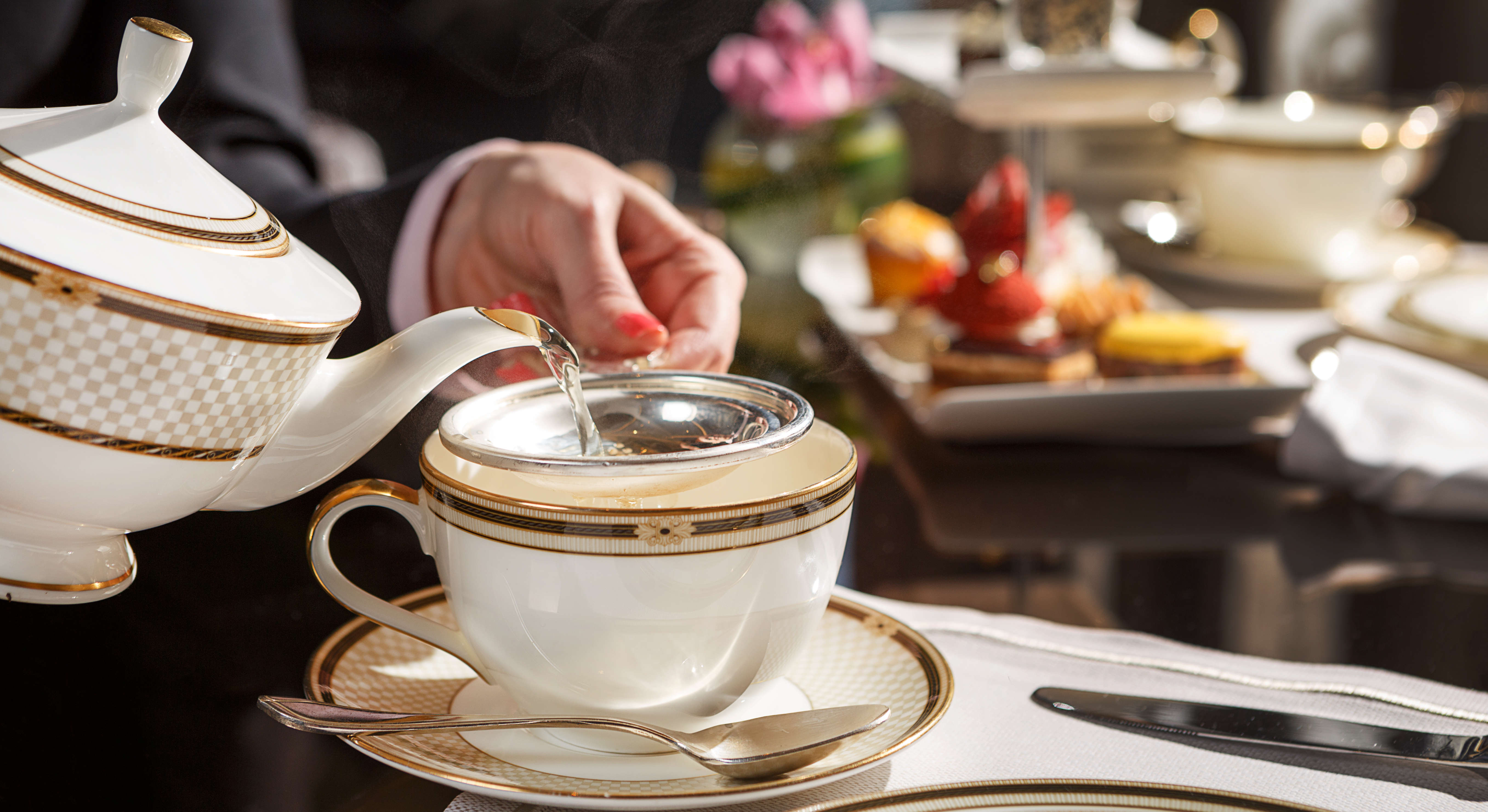
A storm is brewing over the best way to make a cup of tea, and the Brits are not happy. American scientist, Michelle Francl, a chemistry professor at Bryn Mawr College, in Pennsylvannia, suggested adding a pinch of salt, and the nation was outraged. With 100 million cups drunk each day, according to the UK Teas & Infusions Association, it’s no wonder that hardened tea drinkers are getting in a stew.
Controversy surrounding Francl’s suggestion has taken the media by storm, with even the U.S. Embassy intervening. However, despite the contention, there is one winner: the tea industry must be cheering.
So, to avoid anyone else getting into hot water, we decided to share these 5 mistakes to avoid when making a perfect brew.
1. Your water is the wrong temperature
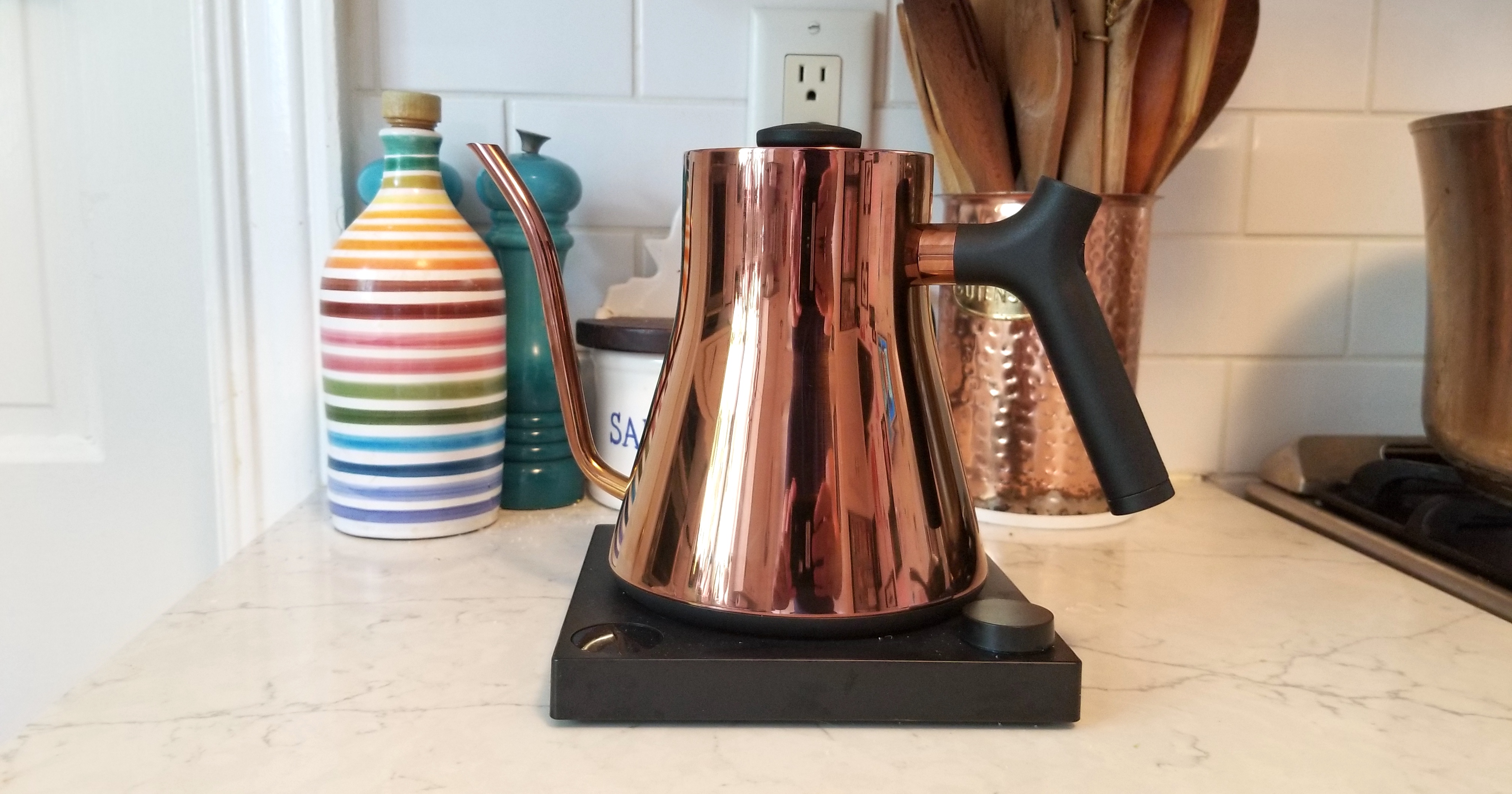
Stop pouring boiling water straight onto your tea leaves. According to the UK Tea & Infusions Association, the water temperature for black tea should be 194-208°F (90-98°C), and for green tea, it should be slightly lower at 176°F (80°C). So, heat the water to boiling point, but let it rest a while before pouring it into your teapot or mug.
If you heat your water in one of the best electric kettles, you won’t need to worry about knowing when the water has reached boiling point, as the appliance will automatically switch off. But this will be different if you heat water in the microwave or on the stove. However, you’ll be able to see when the water is ready when it begins to bubble.
Mike Prospero, U.S. editor-in-chief at Tom’s Guide, says his electric tea kettle is a game changer. Since picking up a Fellow Stagg Electric Gooseneck Kettle ($195, Amazon), he noticed a big flavor improvement in his tea. The kettle allows him to set a specific temperature, meaning he’s no longer ruining the taste by pouring on water that’s too hot. You can't ignore that it's a fine-looking kettle too.
Why does the water temperature make a difference?
The tea's taste can alter depending on the water's temperature, as the level of heat affects the under or over-extraction of the tannins (polyphenols) in the tea, which gives the beverage its flavor. Each type of tea will require a different temperature for the perfect brew, so always check the instructions on the tea's packaging before heating the water.
2. Reboiling the water
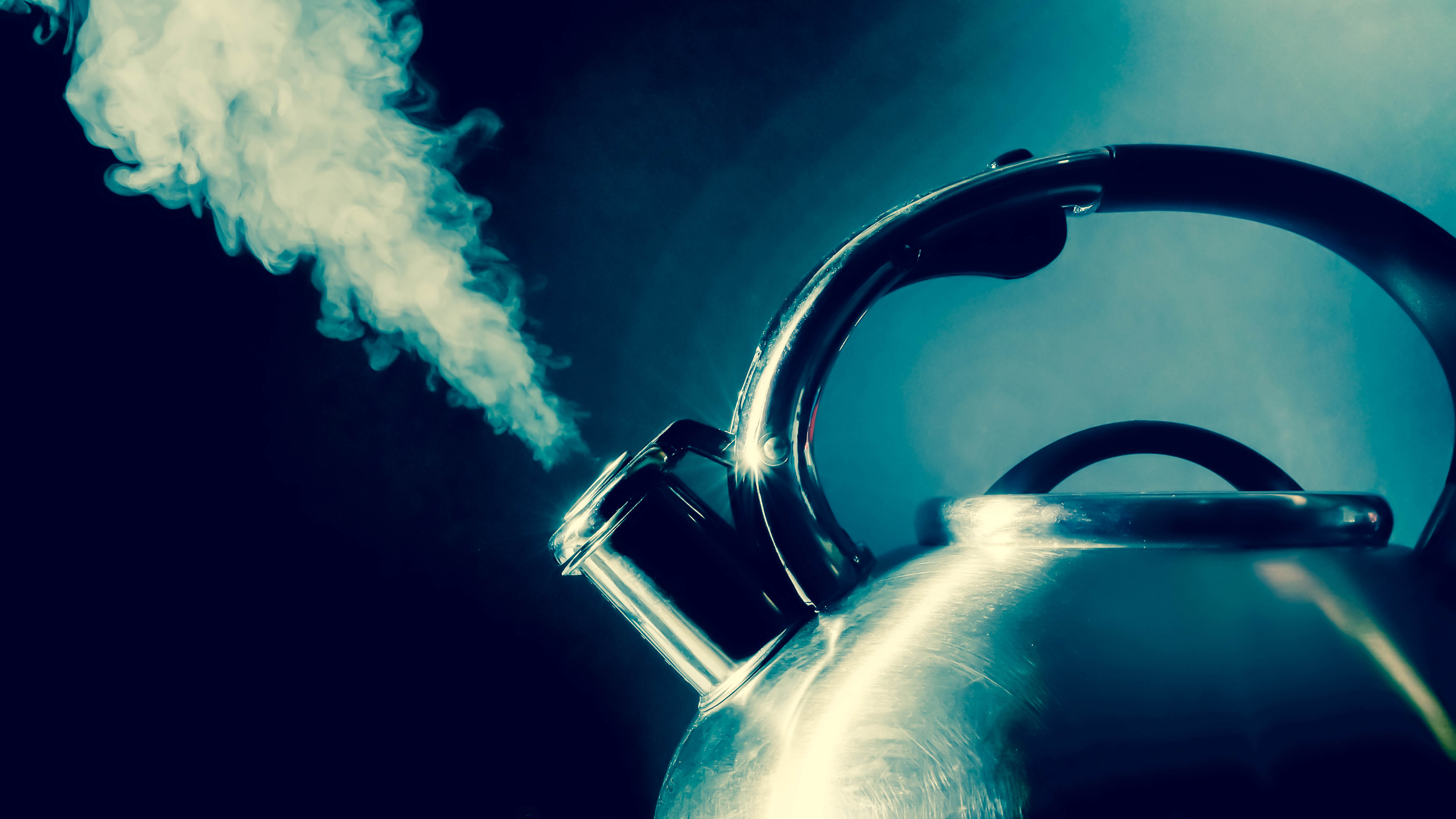
It’s easy to get distracted when you’re making a cup of tea. I’m notorious for switching my kettle on, wandering off to do a chore and not coming back into the kitchen for half an hour. Switching the kettle back on again to reboil is very tempting, but stop!
Reboiling the water reduces the levels of dissolved gases — removing the oxygen and nitrogen — which results in a less tasteful drink. So, if you want to be sure of a tasty brew, don’t reboil the water, and to save water, only heat up the amount of water you need.
Reboiling your kettle will also lead to an increased build-up of limescale, especially if you live in a hard water area. Therefore, reducing the times you boil your kettle will decrease how often you descale your kettle.
3. Storing the tea incorrectly
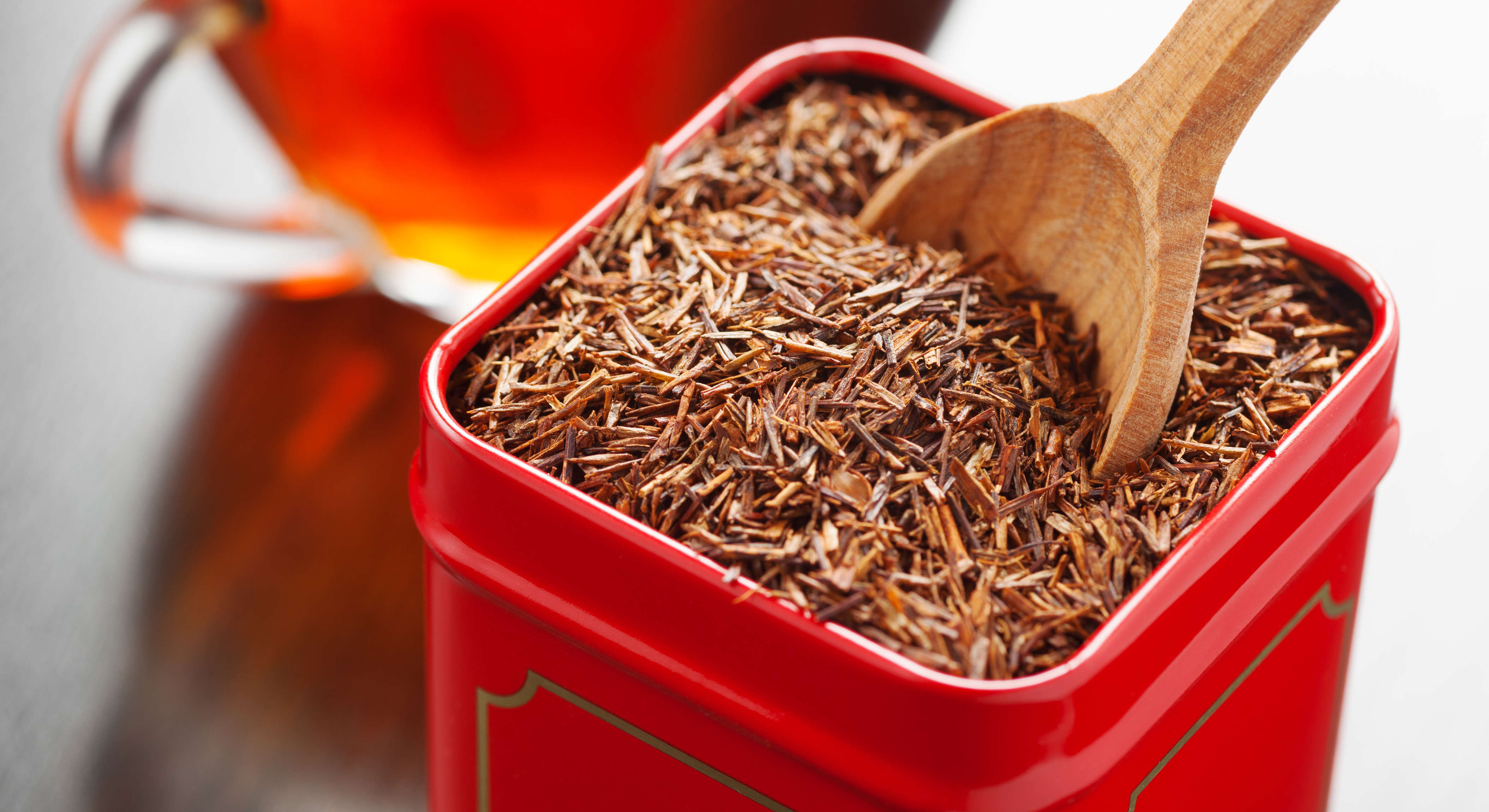
Exposing your tea to air, light, heat, moisture, and odor will impact its flavor. Instead, Tea Epicure suggests storing it in a cool, dry place free from strong odors.
Storing tea in an airtight container is a must, as it helps protect it from absorbing moisture, but avoid using a glass container as light is detrimental to the flavor. Keeping your tea away from highly flavored food, such as spices, is also advisable. Ndyrri has a set of three tea storage containers ($21, Walmart), perfect for housing a tea collection.
4. Brewing for too little or too long
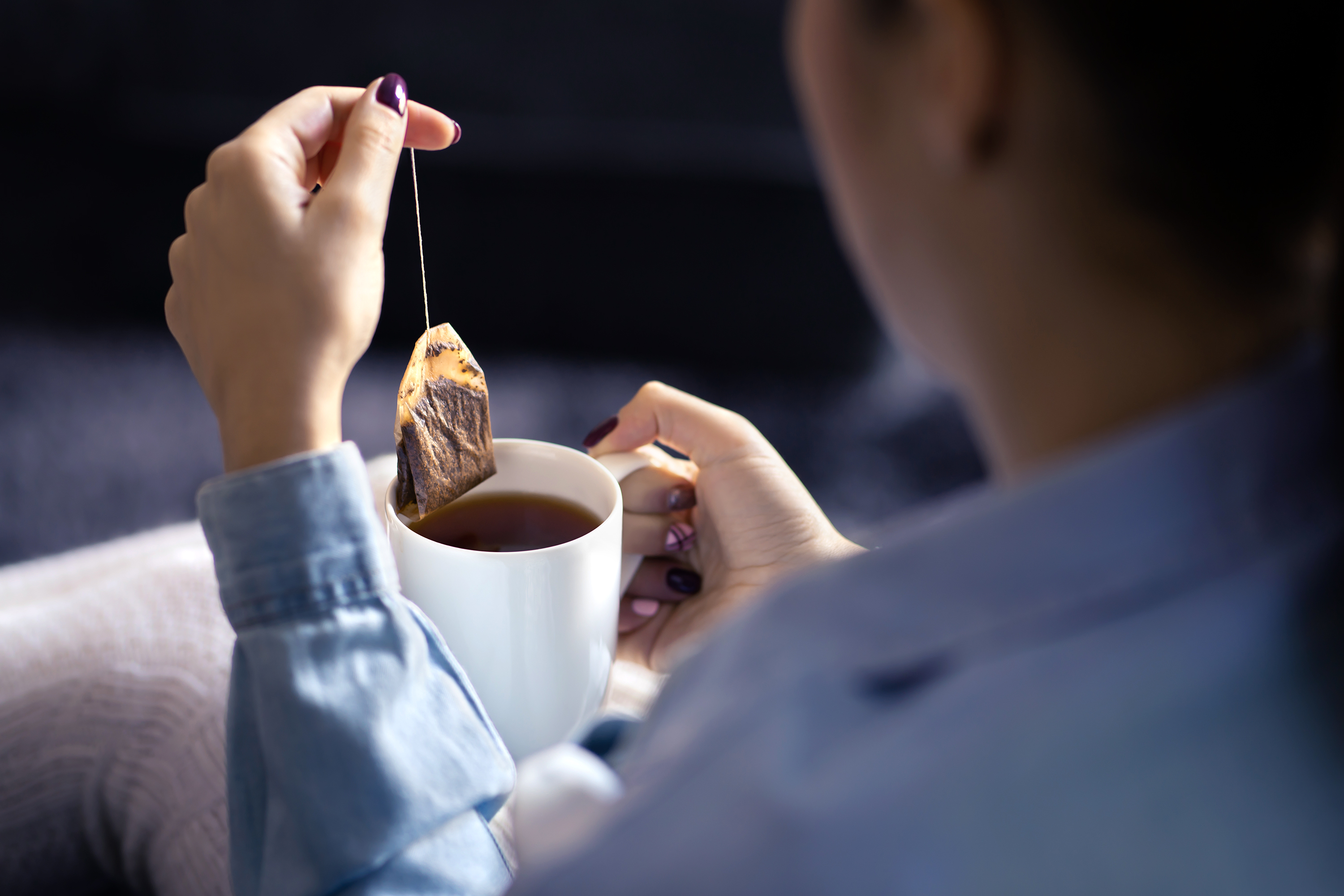
It can be a careful balance to achieve the perfect brew and steep the leaves for just the right time. If not left for long enough, your cuppa will be weak, while if over-steeped, it will become bitter. There are no hard and fast rules to determine how long tea should be steeped; this will depend on the types of leaves you are brewing. For the best guidance, check the instructions on the packet or view the UK Tea & Infusions Association’s tea brewing guide.
Salt in tea?
It’s at this point that I bring salt back into the equation. Francl’s recommendation of sprinkling a pinch of salt in tea was based on making it taste smoother and less bitter. However, if the tea is stewed for the correct time, it shouldn't taste bitter.
5. Using the wrong size infuser
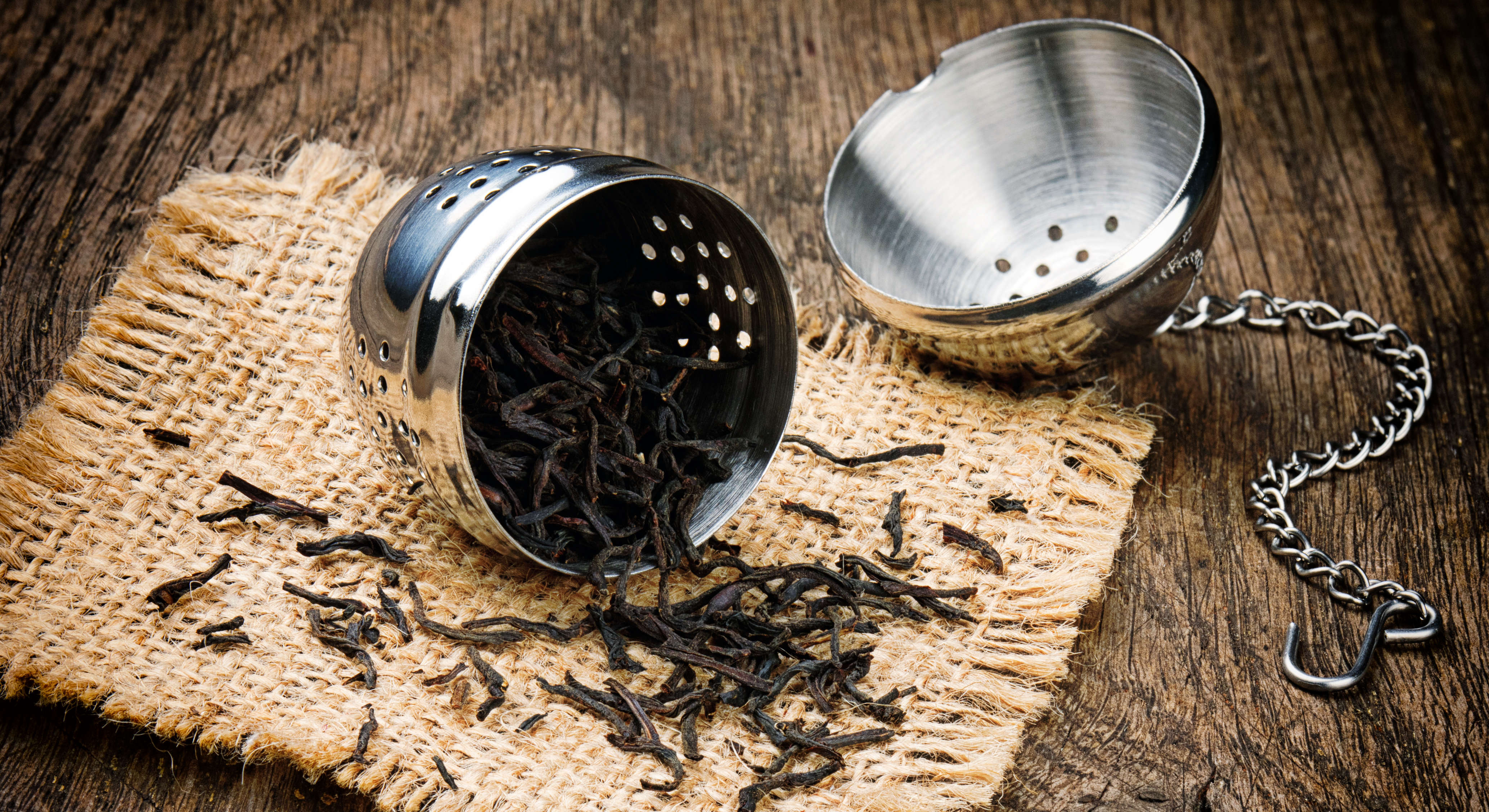
For the perfect cup, tea leaves need plenty of space to expand in the water for the flavor to release. Good Life Teas says the leaves can expand up to three times in size after steeping. If the tea infuser is too small, the leaves won’t have the space to release their flavor. So, the larger your infuser, the better your tea will be.
How about brewing your tea in a mug? Good Life Tea offers a Glass Tea Mug with a Stainless Steel Infuser and Lid ($28, Good Life Tea).
6. Adding the milk in last
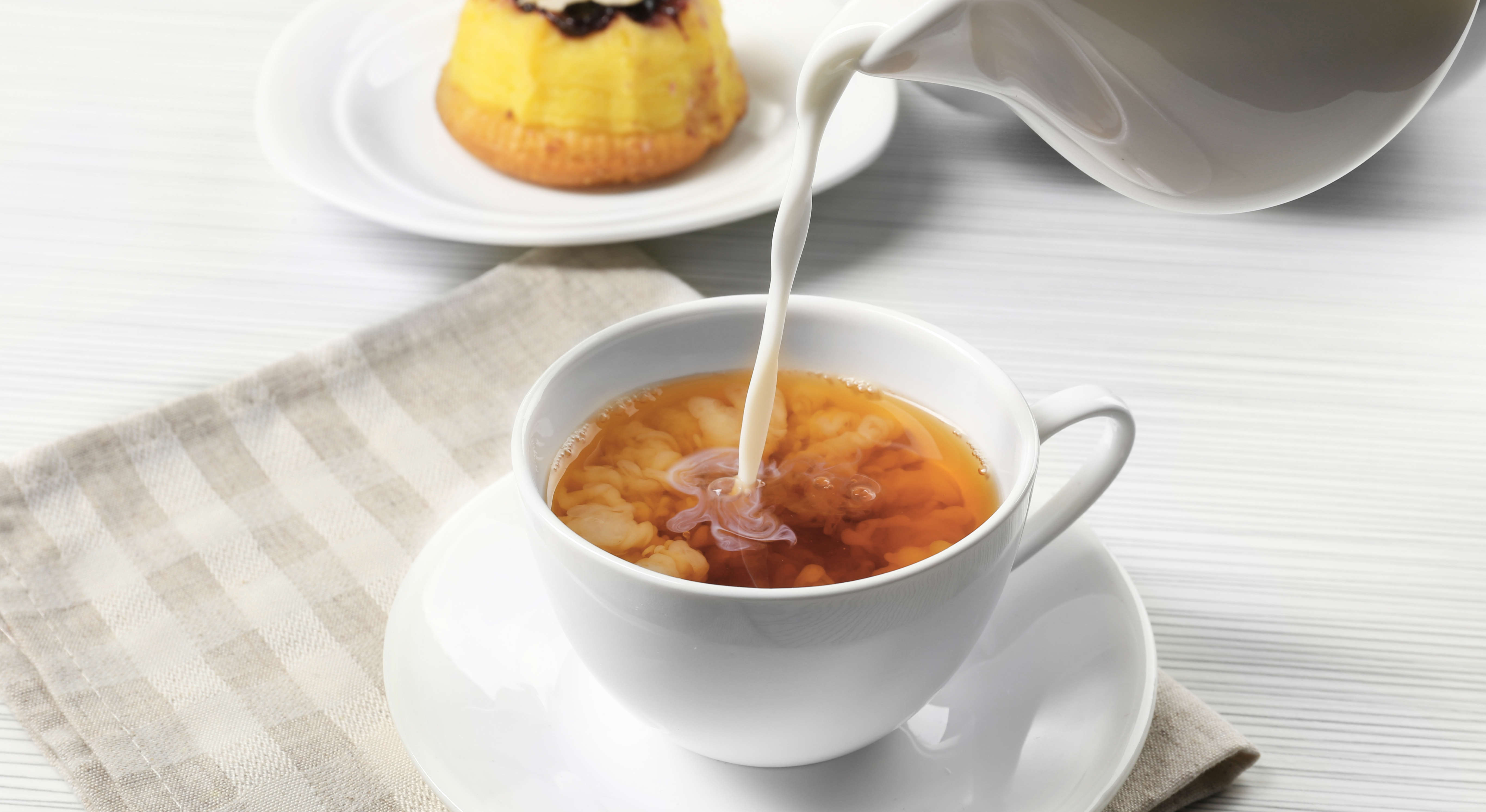
For those of you who take your tea black, this won’t be an issue, but it’s a cause of concern around the British tea-drinking table. Do you add milk before tea or tea before milk?
Scientists have already settled this debate, but from recent experience, you may want to take their advice with a pinch of salt! Based on research conducted by Dr Stapley at Loughborough University in the U.K., the milk should go before the tea. When the milk is poured into hot tea, it heats unevenly, and the proteins denature. In simple terms, the milk can curdle.
And to show you how seriously Brits take their tea drinking, there is even a British Standard BS6008 dedicated to the process.
7. Using tap water
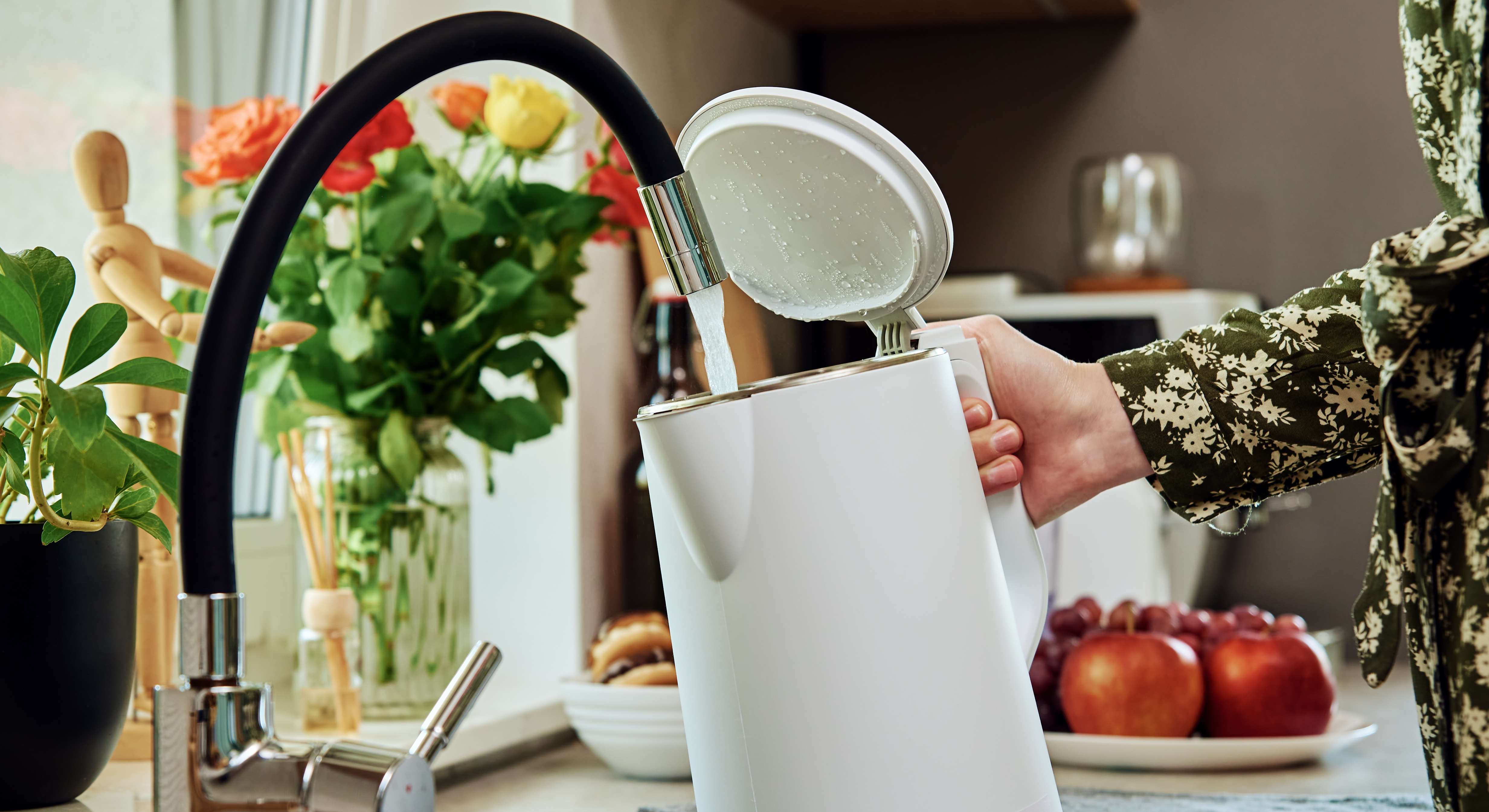
It’s not the biggest of mistakes, but the quality of your water can impact the taste of your tea. Although tap water can be clean, it will still contain chlorine and particles carried in the pipes, affecting the water’s taste. If you notice that tea tastes different at a cafe or around a friend's house, it could be the water making the difference.
One solution is using a water purifier to filter chlorine and limescale from tap water, alternatively swap to bottled water. Try the PUR 7-Cup Pitcher Water Filter ($15, Amazon).







